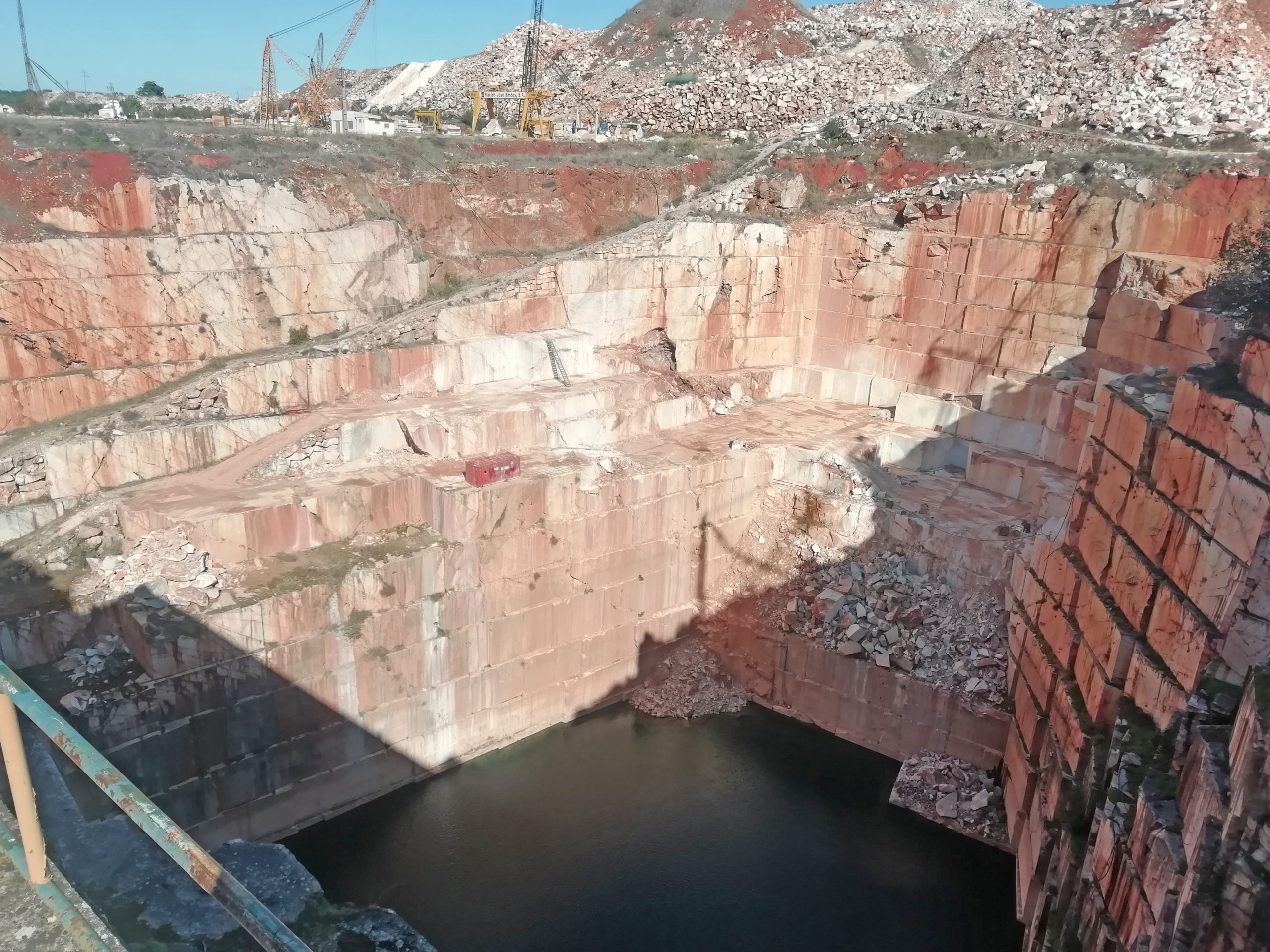Joseph Tannous,
Lebanese architect and landscaper
Ever since it was first discovered, marble has been coveted the world over and admired for centuries. It is almost impossible to find a country without a well-known building or monument using marble. From Taj Mahal in India, passing by the Colosseum in Italy and not ending in the Washington Monument in the USA, all of these remarkable landmarks were constructed with marble, without forgetting two of the most iconic sculptures of all time; the statue of David by Michelangelo and the statue of Venus de Milo which is believed to be sculptured by Alexandros of Antioch. All these are examples of how marble was used in different eras and locations.
Marble is a multipurpose stone with a variety of beautiful hues combined with different strength qualities and durability. Marble continues to be more than a material for art and construction, it is at once a luxury and a necessity. The influence of marble is far and wide from Asia and Europe to the Americas. In this article I am focusing on the marble quarries in Alentejo region in Portugal, and on what is known as the “Marble Route”.
Considered as one of the oldest and remarkable regions for marble extraction in Portugal, Vila Vicosa, Borba and Estremoz holds a rich industrial heritage of marble extraction due to “Anticlinal de Estremoz” which is a unique geological phenomenon of this region, which is the result of tectonic forces, all these sediments were transformed leading to the creation of metamorphic rocks and folds in the earth’s crust.
A Brief Timeline
As every mining and industrial site, the result of the combination between the local materials, history and cultural heritage, creates an identity for the city. The evidence of the marble usage in this region dates back to the Lusitanian and Roman era by presence of temples that are constructed by marble. A lot of examples can be found in “Fundação da Casa de Bragança” archaeological museum inside the castle of Vila Viçosa. The presence of column’s capital, sarcophagus, and carved marbles are samples of the marble related activities and quarrying.
Alentejo marbles gained popularity during the renaissance movement. The excessive building of enormous churches and spacious palaces throughout the country increased the demand on marble leading to the intensification of the quarrying in Alentejo especially during the XVIII century. With the spread of Baroque in Portugal, the Alentejo marbles was broadly used in royal and religious architecture as well. One of the most famous architects of that time, João Frederico Ludovice used marbles to design several magnificent buildings like Palácio Nacional de Mafra and Palácio Ludovice in Lisbon.
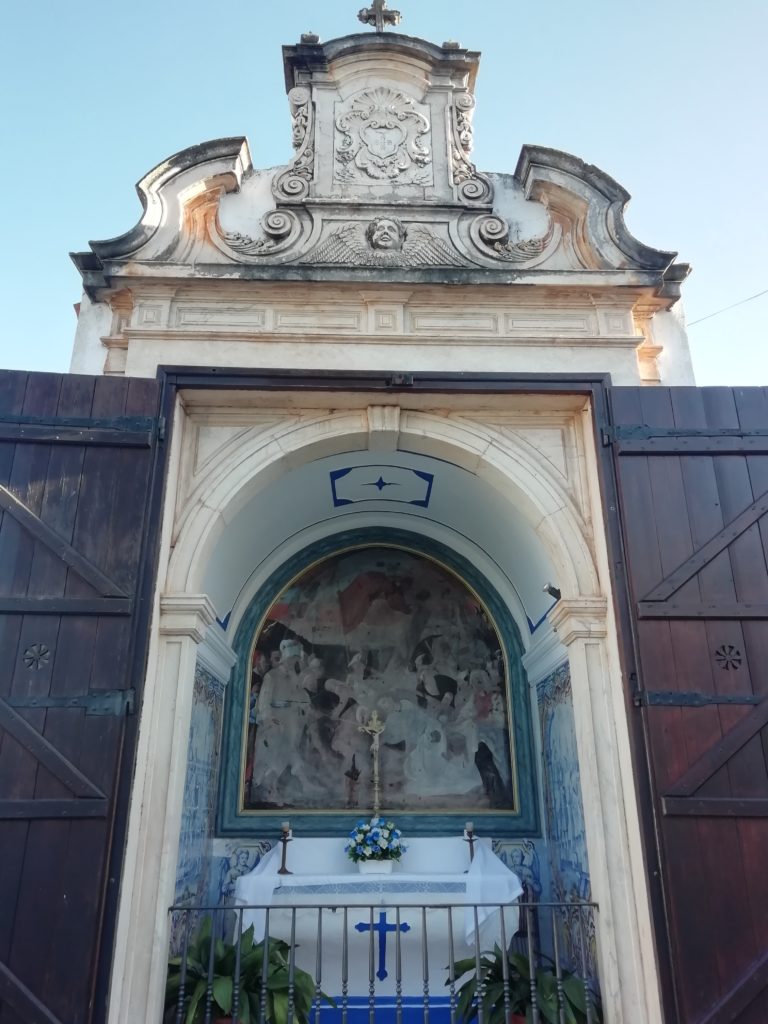
Quarrying has reached a considerable pace since the 18th century. An attempt of industrialisation took place around 1918 by “Sociedade dos Mármores e Barros de Estremoz e Borba” foundation, but unfortunately the initiative hasn’t succeeded, which led to the closing of the company around 1922. The use of engines in the quarries started in the 1930, before that, quarry industry was using labour force without any use of steam or other machinery technology, all the work was done by arm in the whole extraction process.
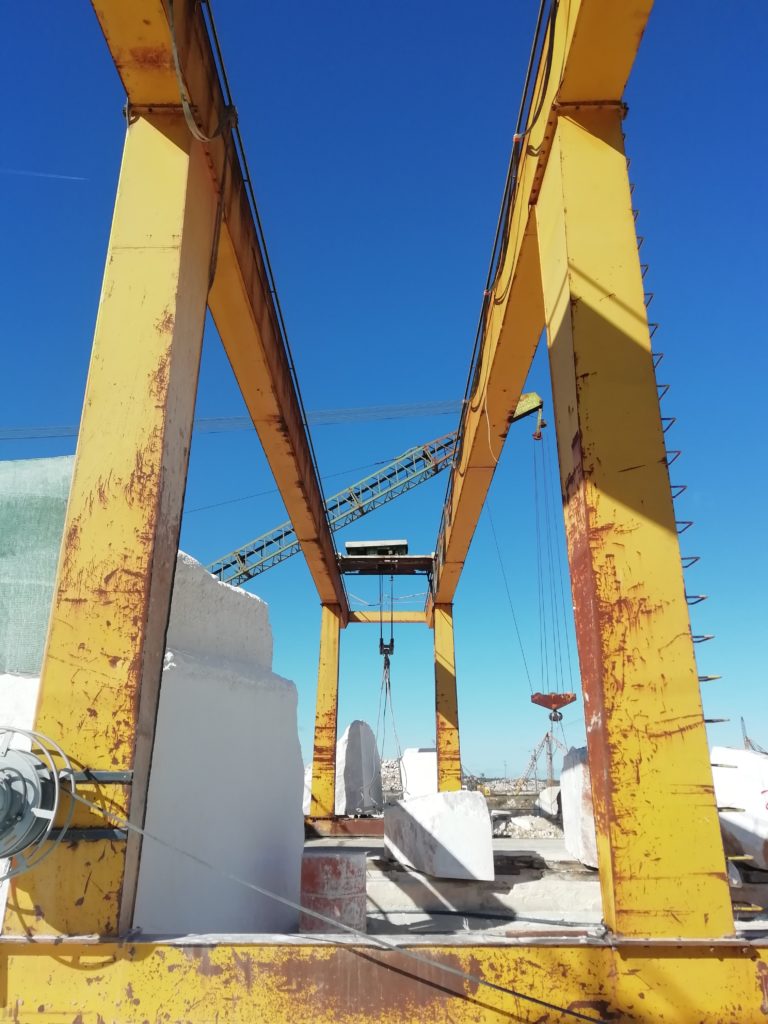
The necessity of electrical power started to be fulfilled in the beginning of the 1960’s and with it a better mechanization and modernization of the processes of extraction and transformation of the marble appeared immediately. In the second half of the 1960s, production was more focused on the domestic market, with the supply to the construction industry, which was expanding rapidly in the big cities. Tools and techniques were under significant innovations especially the cutting process, by “stone sawing machine” that was introduced by the French Haveuses-Rouilleuses in 1969.
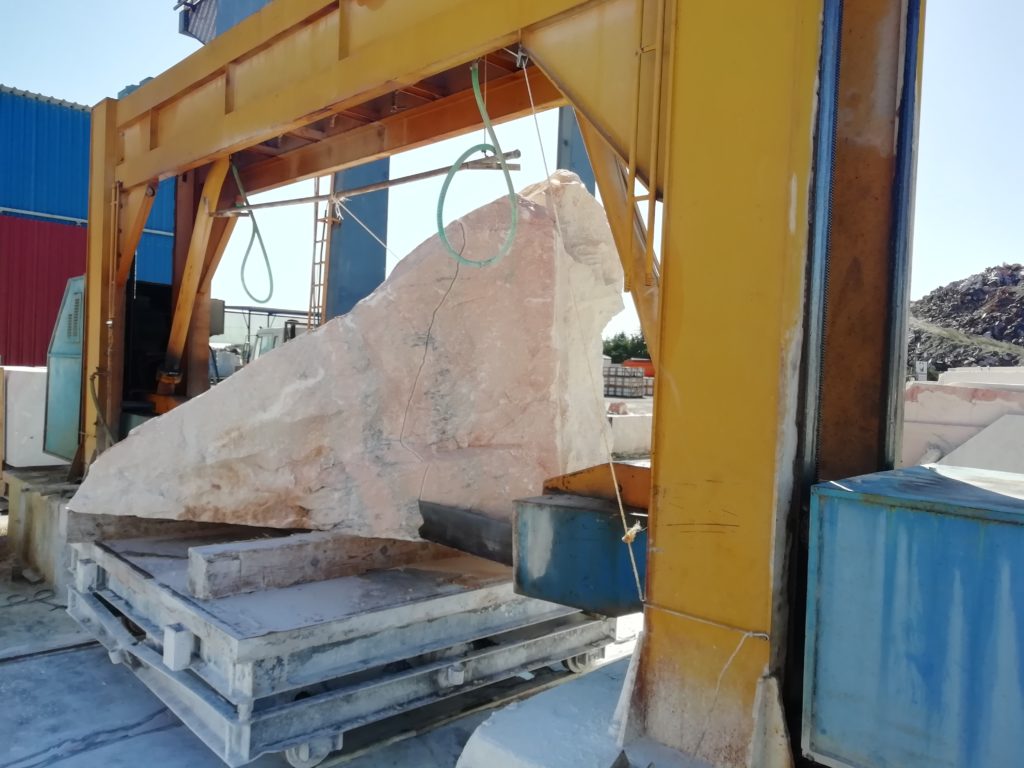
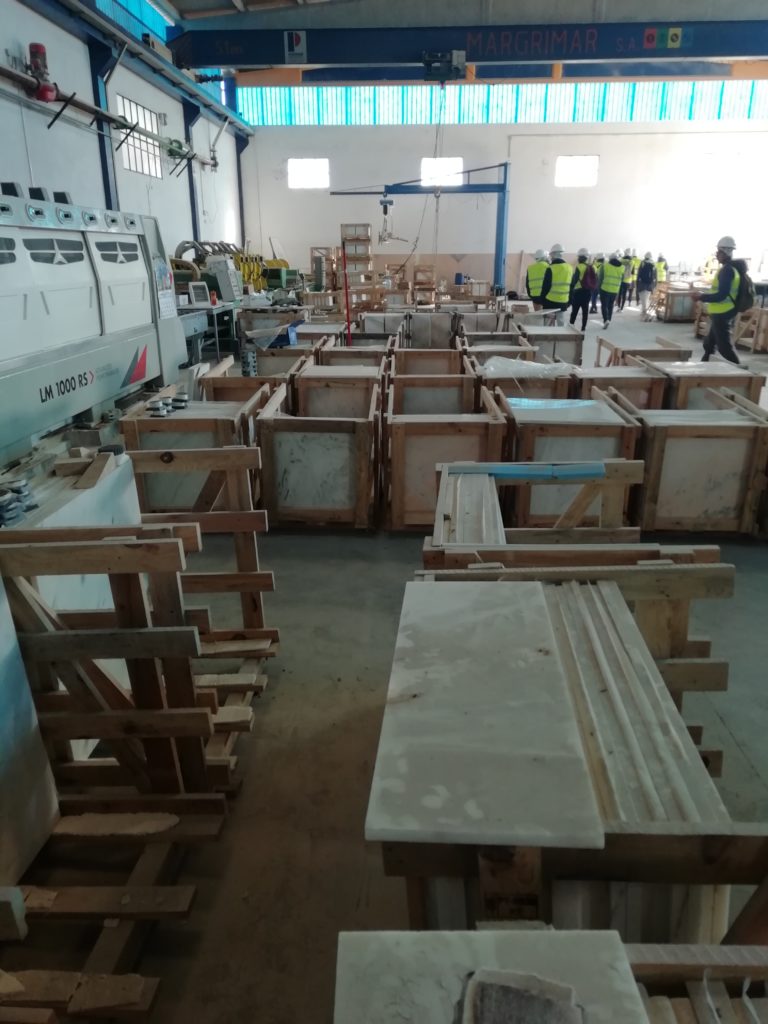
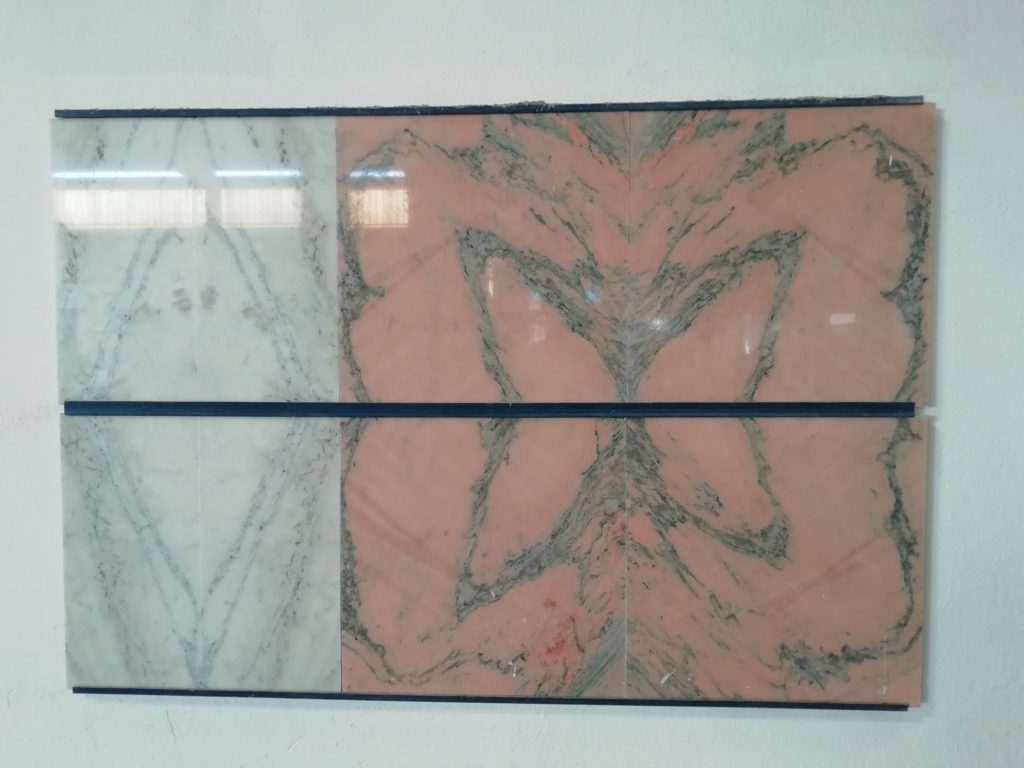
Quarrying, Environment and Landscape
It is certain that quarries have a vast impact on their environment. A huge amounts of plants and soil are being displaced in order to exploit the marble, forcing animals out of the area and affecting directly the biodiversity. Abandoned quarries rarely leave enough soil to allow life to return to the area. In addition to the environment, quarries creates a huge impact on the landscape, resulting in both large quarrying pits and spoil tips (“Escombreiras” in Portuguese) . These impacts in the Alentejo region cannot be disposed due to economic reasons.
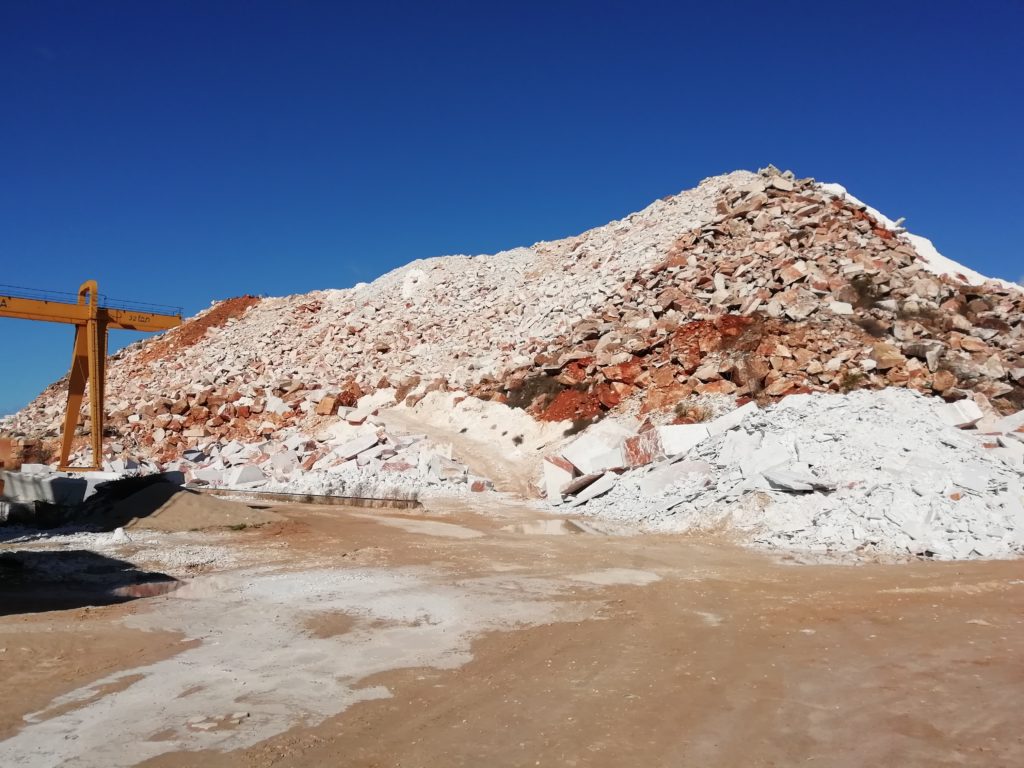
Several techniques of re-utilising the spoil tips exist, usually including either geotechnics or recycling. Old spoil tips are partially revegetated to provide valuable green spaces since they are inappropriate for building purposes. Many solutions can treat the abandoned quarries, by filling them with water and creating artificial lakes. However, they can be contaminated with toxic materials exposed by mining activities leaking into the water making it dangerous for swimming and provoking any aquatic life.
Marble Route and Cultural Tourism
With the help of local stakeholders, by valuing the natural resources linked to their cultural heritage and the inseparable element of this region, The Marble Route of the Anticlinal of Estremoz tends to be an instrument of inspiration and tourism promotion. In this sense, it is essential to promote their indigenous product (Marble) by integrating other elements, such as landscape, gastronomy, monuments, craftsmanship and the local know-how in a broader vision beyond the industrial sector.
With the increasing number of the tourist inflow, it is essential to take advantage. More effective proposals related to cultural tourism should be provided, making use of the existing infrastructures, preservation and education. New perspectives allow tourists to enjoy different aspects of the cultural identity and consequently contribute to increase the levels of cultural and heritage education.
XXXXXXXXXXXXXXXXX